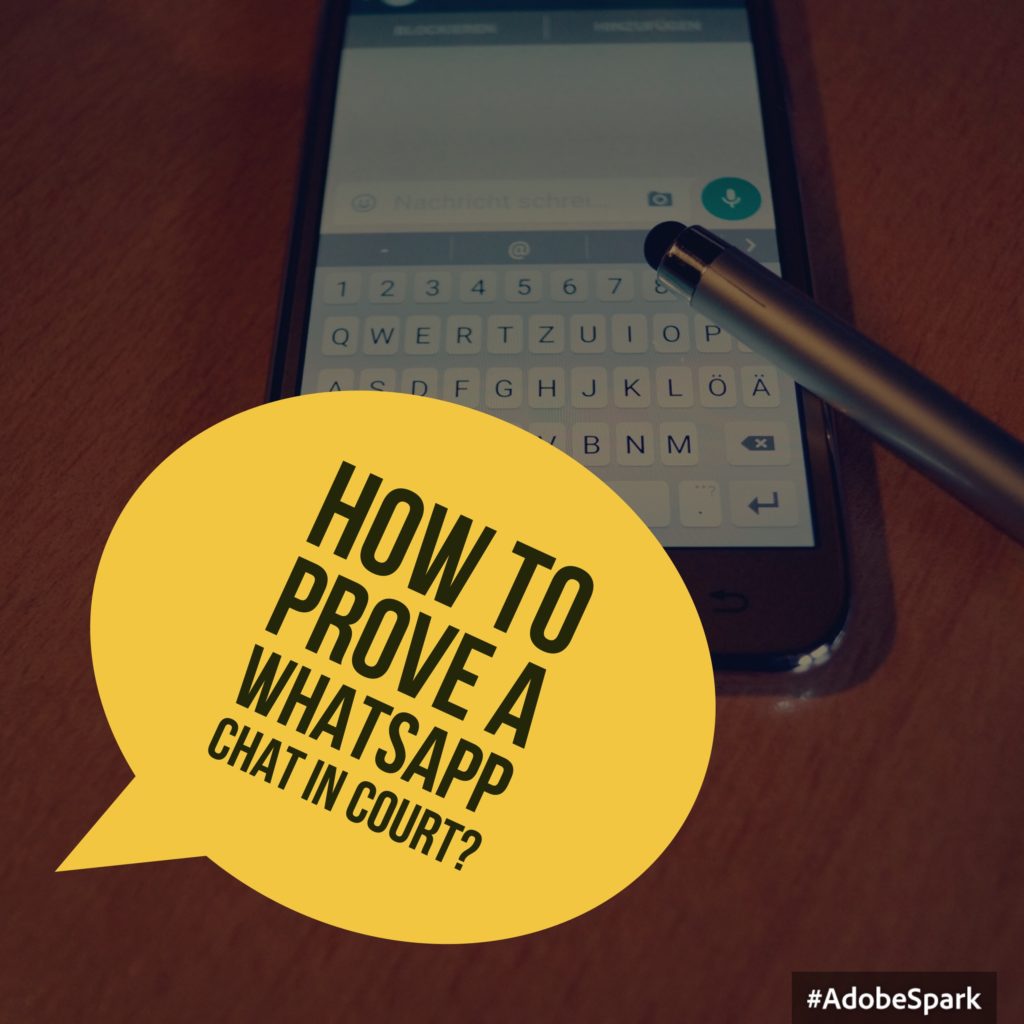Madras High Court says electronic evidence is admissible under Sec 62 without 65B certificate

At this stage itself, I find it imperative to direct our readers to this post about Digital Evidence Law in India. Before talking about the recent order of the Madurai Bench of the High Court, we must take a look at what is the difference between primary and secondary electronic evidence.
Primary Electronic Evidence, legally speaking is something a lawyer would move to get admitted under Section 62 of the Indian Evidence Act which reads,
Primary evidence means the document itself produced for the inspection of the Court.
Now, there is an inherent need for a lawyer to be the Sherlock in this case. There is a very thin line, technically speaking, between a document or any file on your computer, mobile or tablet being primary and the same being secondary on being produced in another medium. By the basic technological analogy which the techies will understand is that whenever a file is even copy-pasted into another location, it essentially, does not remain the original. Now this is a two edged sword which a lawyer could either use for his case to present a contention or to defend against one, depending upon the case.
Coming to the order of the Court, it is not of much relevance, the actual matter of the case. It is because in this case, the party presenting a CD containing some evidence, presented it towards the end of the case when almost proceedings were over. Also, no supporting documents with the contents of the CD and its relevance were submitted and there was some procedural flaw in absence of certain required signatures as well. What steamed the debate was this observation of the Hon’ble court,
“Admissibility of the secondary evidence of electronic record depends upon the satisfaction of the conditions as enumerated under Section 65-B of the Evidence Act. On the other hand, if primary evidence of electronic record adduced that is the original record itself is produced in Court under Section 62, the same is admissible in evidence without compliance with the conditions in Section 65(b).”
There has been a spur after this particular observation but technically speaking, this was the position all along. Section 65A was always worded to mean that electronic records may be proved as per Sec 65B which clearly means that there has to be other ways to prove electronic evidence. This is best looked at by way of an example:
Suppose you are trying to enter into evidence a conversation between two people. Now anything other than the actual chat on the actual phone that it happened on, is secondary evidence. If you produce a screenshot on a CD, even then it is a secondary evidence. Now, technically speaking, if you produce the screenshot as it was created by the pressing of the buttons on your smartphone and stored on your local memory, then by producing your smartphone in the Court, you can prove the screenshot, but not the actual conversation. The defense will always have the argument of challenging the fact that the screenshot is of a doctored chat screen. The best way or the primary way to admit a chat would be actually producing the smartphone.
By this analogy, no call records can be primary evidence because the actual server can never be moved into the court room. Therefore, it is a correct observation of the High Court that anything which is primary evidence may be admitted by virtue of Section 62 of the Act but the moment it becomes secondary, there has to be mandatory certificate under Section 65A and 65B. It is also important to point out here that it is totally possible to prove whether a file was originally created or copied from somewhere else before being produced to the court. This opens way for forensics like never before and creates a big space for lawyers to explore. 
